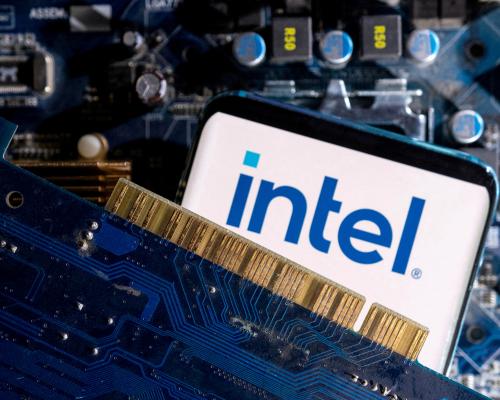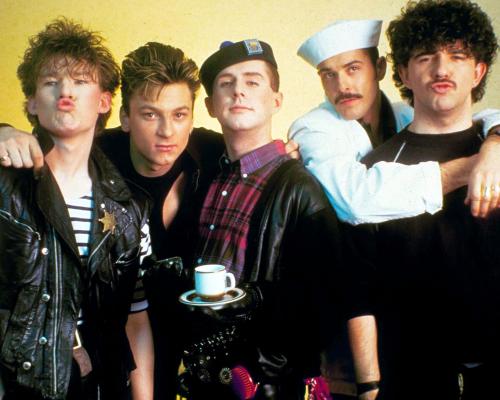
Back in 2005, nothing felt more high-powered and sophisticated than ending a call by snapping shut a clamshell flip phone.
Now, two decades since they hit peak popularity, they’re back – with Apple rumoured to be working on its first ever flip phone.
Little is known about how the new device will look. It could more closely resemble Samsung’s Flip design – closer to a 2000s-style clamshell phone – or its Fold, more like a foldable iPad.
The rectangular tablet has been a mainstay of phone design for the last 15 years, but could Apple betting on the flip phone be a sign that’s about to change?
Tech experts told the Guardian that the new product launch probably reflected the fact that people now mostly use their phones to access the internet, rather than laptops or tablets, and are looking for a device that optimises that experience.
“Apple and all other smartphone makers are somewhat stymied by the fact the smartphone has become somewhat of a boring category – it’s absolutely essential in people’s daily lives, but it no longer has the excitement of the next big thing,” said Ben Wood, an analyst at the tech consultancy CCS Insight.
This is why Apple has been reaching for new designs that can get people talking – for example, the ultra-thin iPhone, expected to be launched in September.
He thinks Apple is entering the foldable market because other companies have experimented first. Samsung’s initial Galaxy Fold designs were bedevilled by screen problems, but the Galaxy Fold 7 is expected to represent the “next generation” of foldable phones.
“Apple is rarely first to anything – it’s not typically a company that dives in with both feet – it likes to take its time, see how it can refine and optimise it, and deliver the best, most reliable experience, then it jumps,” Wood said.
He noted that Samsung’s flip phone has proven more popular than the fold model “because it’s cheaper and has captured imagination of the population who like the idea of having something different from everyone else”.
But he thinks that Apple producing a foldable mini-tablet has the most potential to “move the needle”, by giving people the opportunity to unfold a larger screen where they can easily watch videos, show off photos and browse documents when working remotely.
Margarita Panayiotou, a tech researcher at the University of Manchester, said academic research had identified that people prefer bigger screens for browsing and gaming. This, combined with the fact that young people, especially, tend to use smartphones to go online, suggests that the foldable design could offer an ideal compromise.
Prof Ben Carter, who researches how smartphones impact our lives at King’s College London, agreed that video watching is “one of the wins” for foldable phones, especially since videos constitute a growing proportion of the content that people consume. Foldable phones can have larger screens, and can also be propped up for easier viewing.
He thought there could be mental health benefits to a design resembling a “mini-laptop that you can close down”, because his research shows that disabling notifications is highly effective in reducing screen time and tackling smartphone addiction.
If the screen is not visible, it removes the “variable reward scheme” – the same process by which gambling addiction works, whereby not knowing when you will receive a reward makes something more compelling. “If you can switch it off, more like a laptop, that distraction has gone,” he said, though he noted there is not yet evidence that people are using foldable phones in this way.
This might be especially beneficial for children, who receive on average over 200 notifications a day – though the high price point of foldable phones makes it unlikely that many will have access to them until their parents pass on secondhand models several years after launch.
Prof David Ellis, the chair of behavioural science at the University of Bath, added that other draws include the fact that screens are better protected and fit into a smaller pocket, as well as the “sense of nostalgia that comes with a flip phone”.
But he added that it might not be the gamechanger people are expecting: Apple doesn’t have a “100% success rate – the Vision Pro [headset] has been a spectacular failure”.







